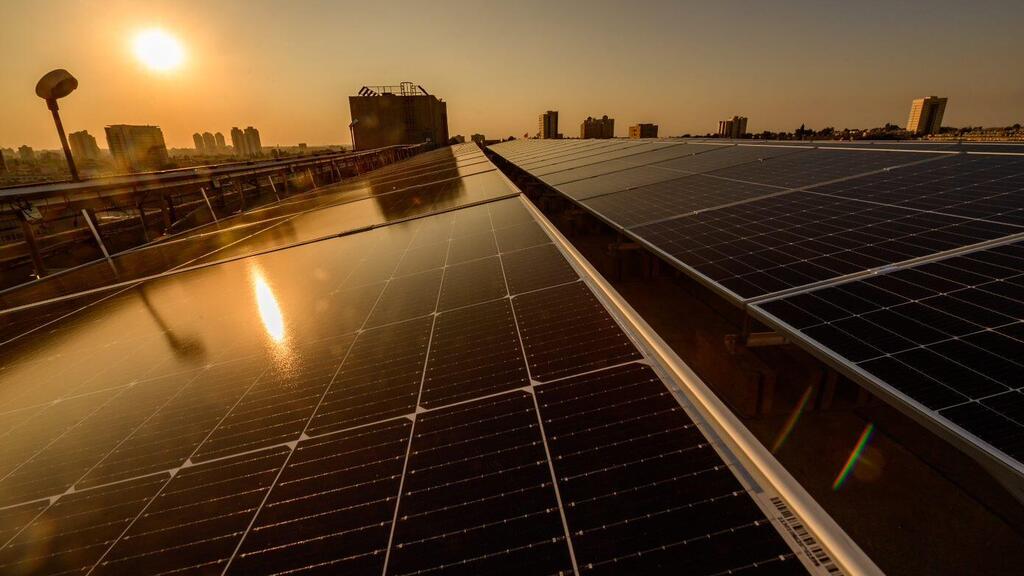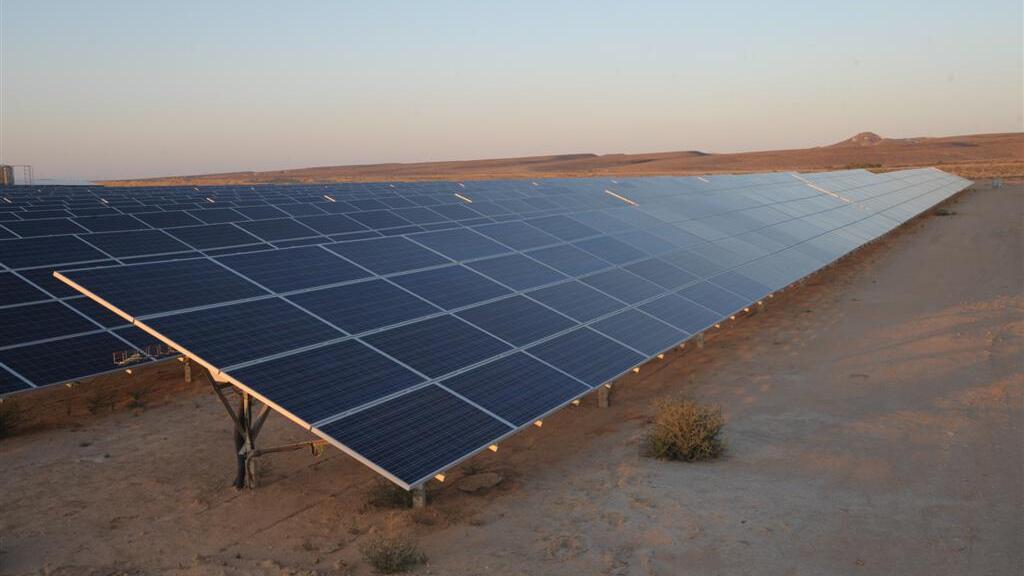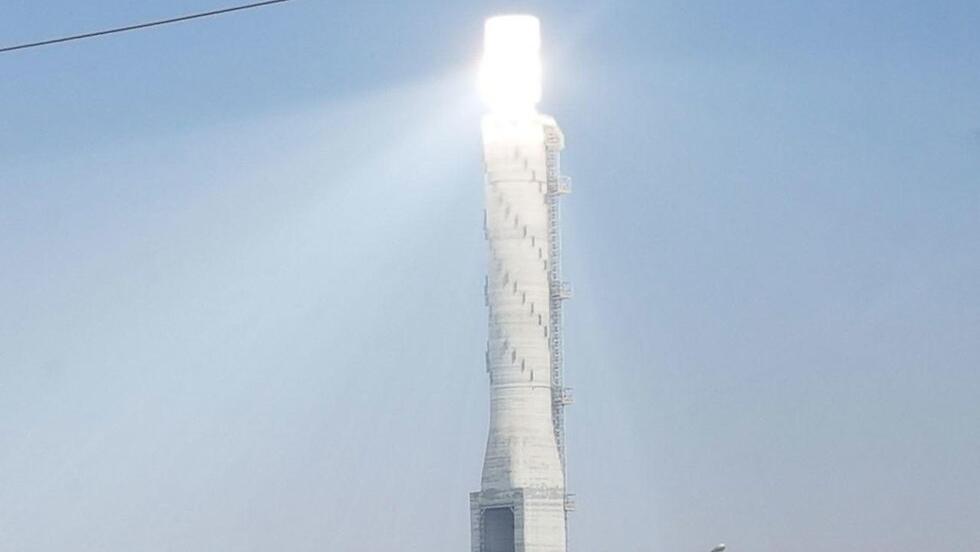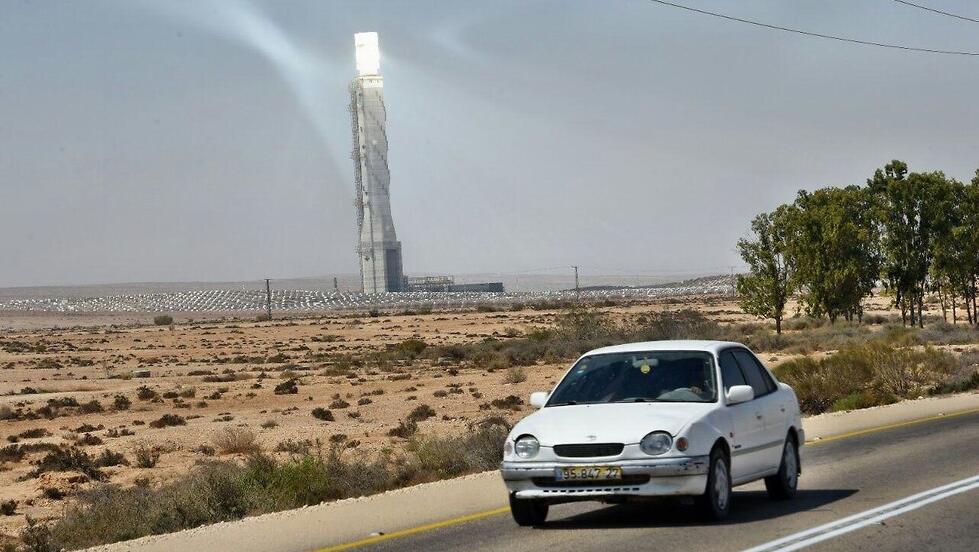Getting your Trinity Audio player ready...
Israel is heading toward a green energy revolution, and it turns out that the Bedouin community could play a starring role.
Marom Energy, a small company run by the Gandyr Foundation of Judith Recanati, is going to build Israel’s first solar power plant on privately held Bedouin land.
Construction, which is set to begin in southern Israel’s Negev Desert next year, will see solar plants established on 150 acres of land owned by several Bedouin families.
“We specifically decided to support those Bedouins and make them direct stakeholders – actually almost direct partners – on their lands,” Amir Alshech, deputy CEO of Marom Energy, said. “They’re involved in the development, construction, and operation [of the project]. They’re also landlords so they’re receiving yearly rent.”
The Bedouins are tribal nomadic Muslim Arabs who live throughout the Middle East and North Africa. More than 250,000 reside in Israel, with the majority staying in the southern city of Rahat and in villages across the Negev Desert.
Headquartered in the coastal city of Herzliya, Marom Energy said that the Bedouins are expected to be the primary beneficiaries of the historic project and their homes will be powered with the solar energy that is produced there during the day.
“It gives them a significant economic incentive because it is much more stable and profitable than agriculture,” Alshech said.
Aside from its project on Bedouin land, Marom Energy also recently gained attention for purchasing a 30% stake in Moroccan company Gaia Energy. The deal is aimed at boosting Gaia’s various green energy initiatives in the North African kingdom.
“Right after the signing of the Abraham Accords we took a plane directly to Morocco,” Alshech said of the move. “The connection between Israelis and Moroccans goes a long way back. There’s a large population here that came originally from Morocco.”
Although only a small portion of Israel’s power now comes from renewable sources, earlier this year the government announced that it was aiming to double the country’s solar power capacity by 2025.
Overall, Israel hopes that 30-40% of its electricity will come from renewable sources by 2030.
Israel’s largest existing solar power plant is currently the Ashalim Power Station in the Negev Desert, made up of three separate plots that rely on solar thermal, photovoltaic, and natural gas, respectively.
More than 50,000 mirrors surround the Ashalim tower, which is visible from miles away and runs on solar thermal energy. Solar thermal energy harnesses the power of the sun using mirrors or lenses to generate heat.
Dorit Gerlitz, who heads the Ramat Negev Desert Agro-Research Center’s Desert Knowledge Path tours on renewable energy in the area, said that because the desert is so dusty, the mirrors at Ashalim have to regularly be cleaned by a large team of workers.
“Solar thermal power is not very efficient,” Gerlitz said. “In recent years, photovoltaic technology has become much cheaper and more efficient.”
According to Gerlitz, photovoltaic panels – which convert light into electricity using special semiconducting materials – cost about a tenth of what older solar thermal technologies do to run.
For this reason, of the three plots that are connected to the Ashalim station, only the photovoltaic Plot C appears to be rapidly expanding.
“The size of the photovoltaic field has just been doubled and will soon be operational,” Gerlitz revealed. “Today, nearly 10% of Israel’s energy consumption comes from renewable sources. Of this, between 3% and 4% comes from solar power projects in this area.”
Clean, readily available, and easy to produce: It might sound like the sun is the answer to all of Israel’s energy problems but with solar power, there are several hurdles that have yet to be overcome.
“The biggest challenge with solar power these days is that it’s not possible to store the electricity generated overnight,” Gerlitz affirmed. “We don’t yet have the technology needed to store electricity and until we have this solution, solar power won’t be able to become a bigger part of the energy market.”
Gerlitz spoke to The Media Line on the sidelines of the eighth edition of the Drylands, Deserts, and Desertification conference, which was hosted by Ben-Gurion University of the Negev in Sde Boker.





